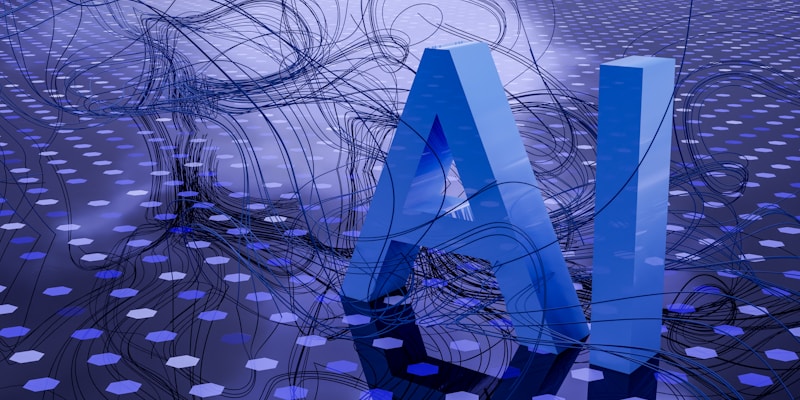AI Techniques for Depth Generation in Images

AI Techniques for Depth Generation in Images
Artificial Intelligence has revolutionized how we create and perceive digital images. In the context of spatial photos, AI plays a crucial role in generating depth information that brings flat images to life.
Understanding Depth Maps
A depth map is a grayscale image where pixel brightness corresponds to distance from the viewer. White pixels are closest, black pixels are furthest, and gray pixels represent intermediate distances.
Neural Network Architectures
Convolutional Neural Networks (CNNs)
CNNs excel at analyzing visual patterns and extracting depth cues from single images.Transformer Models
Recent advances in transformer architecture have improved depth estimation accuracy significantly.The Generation Process
- Image Analysis: The AI examines composition, lighting, and visual cues
- Depth Estimation: Neural networks predict depth values for each pixel
- Refinement: Post-processing enhances accuracy and smoothness
- Validation: Quality checks ensure realistic depth representation
Advanced Techniques
Monocular Depth Estimation
Creating depth from a single 2D image using learned visual patterns.Style Transfer for Depth
Applying artistic styles while maintaining depth consistency.Multi-scale Processing
Analyzing images at different resolutions for improved accuracy.Best Practices for AI-Generated Spatial Photos
- Start with high-quality source images - Consider the intended viewing context - Balance artistic effect with natural depth - Test on actual devices for best results
Future Developments
The field of AI-powered depth generation is rapidly evolving. Upcoming improvements include: - Real-time depth generation - Enhanced accuracy for complex scenes - Better handling of transparent and reflective surfaces - Integration with augmented reality
Conclusion
AI technology makes professional-quality spatial photos accessible to everyone. As these techniques continue to improve, we can expect even more impressive and immersive visual experiences on our devices.